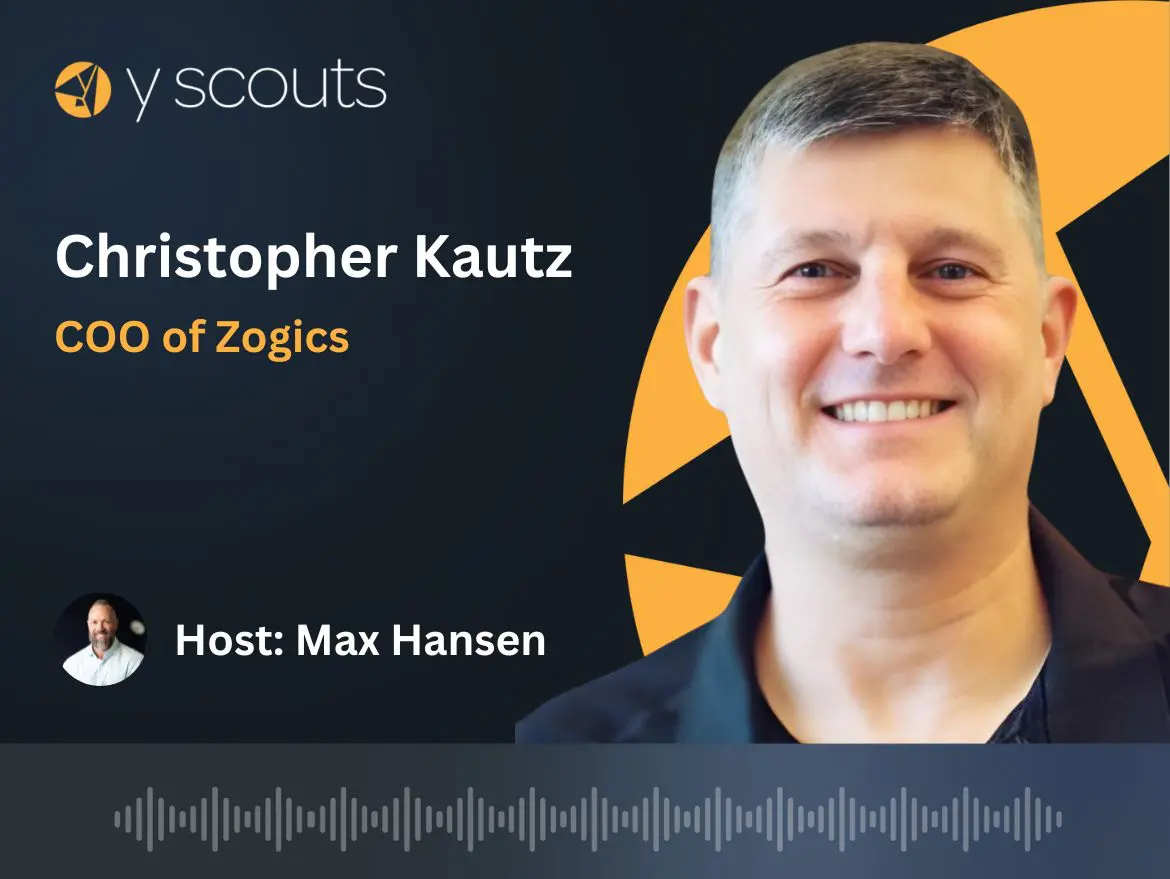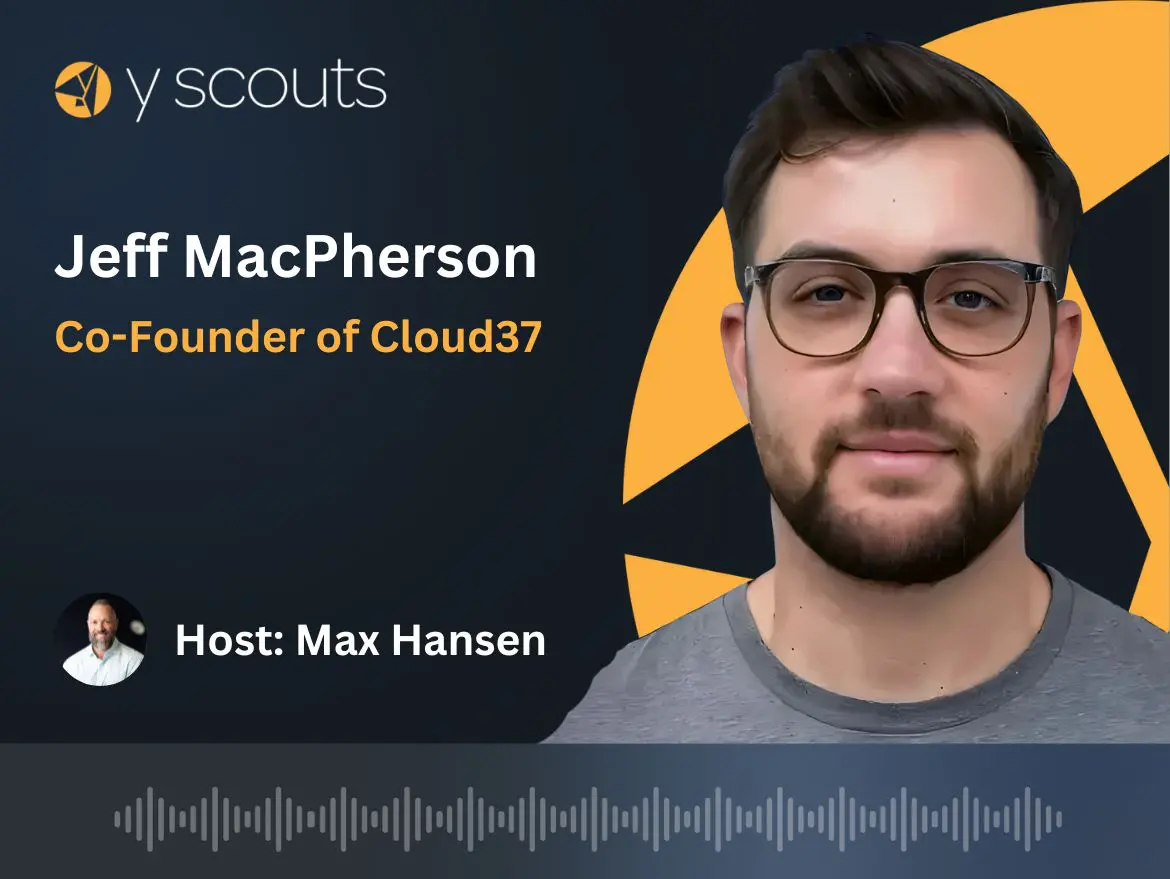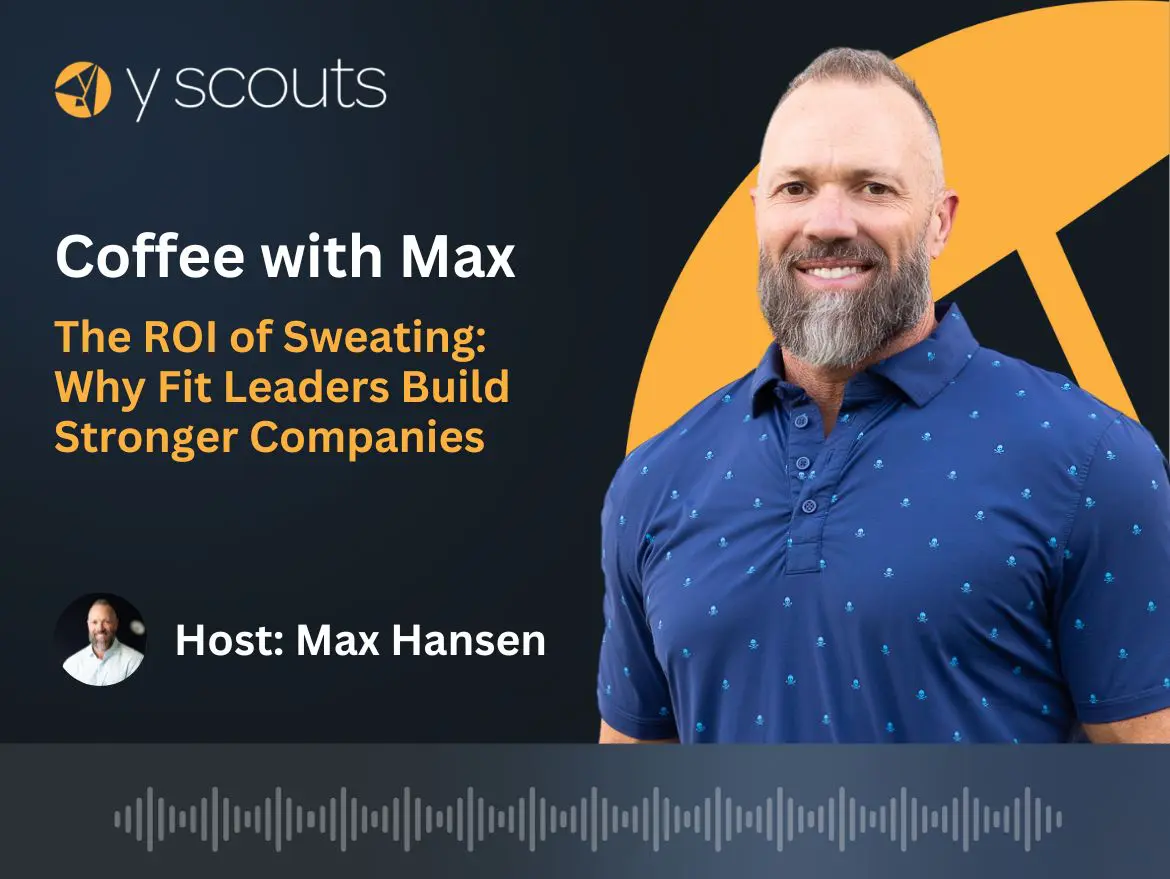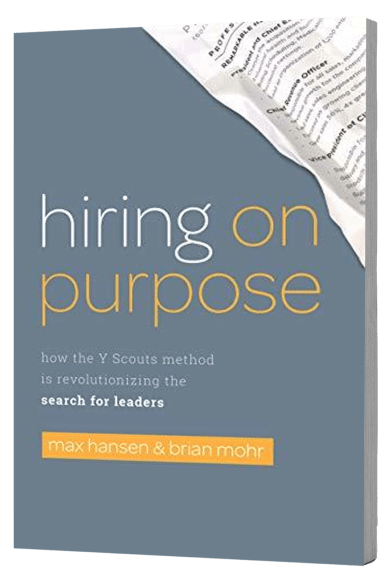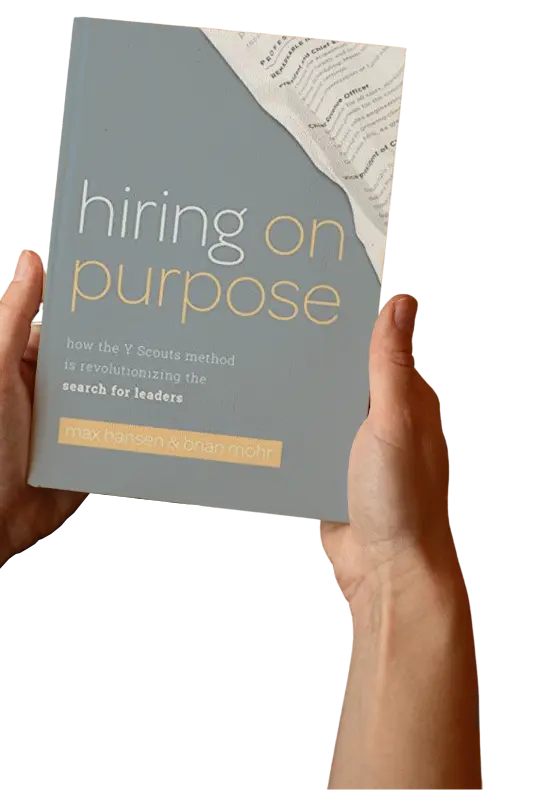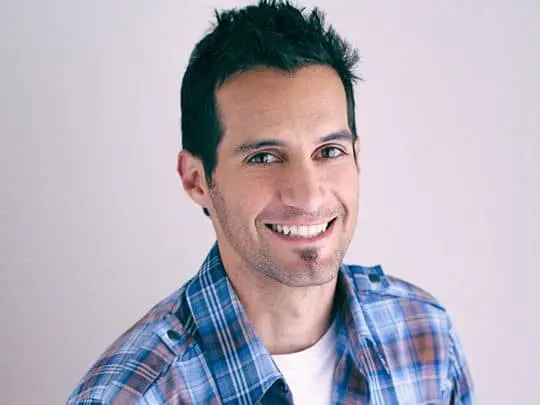
Ray DelMuro is the founder and CEO of Refresh Glass, a company on a mission to rescue 10M wine bottles and turn them into everyday glassware. Ray’s journey from aerospace engineer, to world traveler, to the founding of Refresh Glass is a story almost everyone can relate to.
In this interview we talk about the power of complementary pairs, a theme that has guided Ray throughout his life. Style and Function, Emotional and Logical Connection, Utility and Design – these are examples of complementary pairs that we discuss in this interview. We also dive into the power of using business as a force for good and why following your passion may not be the best advice.
Table of Contents
ToggleShow highlights:
- 2:45 – How Ray’s upbringing with a dad as a fashion designer and mom was a business person led to Ray’s reality now.
- 3:45 – M.C. Escher’s influence on combining two separate fields, the foundation for the passion that drives Ray with Refresh Glass
- 6:15 – The most beneficial lesson Ray learned after a year of traveling around the world to 21 different countries
- 8:30 – The difference between the golden rule and the platinum rule, and the role our passions play in our decision making.
- 11:15 – How aerospace engineering played a role in Ray’s career path
- 13:45 – Ray’s mid-life crisis at 28
- 15:50 – What was missing in an aerospace engineering career, and how a trip around the world aimed to fill that void
- 18:30 – where did Refresh Glass come from?
- 22:50 – Refresh Glass was not a money making idea. It came from purchasing a $40 kit online out of engineering curiosity.
- 23:30 – What were the biggest challenges in launching Refresh Glass?
- 26:27 – What’s missing for people to run their businesses with a more conscious mindset?
- 28:15 – Why Ray changed his sales pitch from a golden rule mindset to a platinum rule
- 29:30 – Ways to grow your business more, including why Conscious Capitalism may be an approach to consider
- 34:45 – How Ray has built the team at Refresh Glass
- 35:46 – Why jobs aren’t about money, they’re about making a life
- 36:30 – Why creating that “AND” scenario instead of the “OR” scenario is a win-win.
Show links:
Can you share a little bit about your path?
I grew up in Pasadena, California. My dad was a fashion designer and my mom was a business person. I grew up with an artistic half and a business half, which ended up being my reality now. I ended up going to school to become an engineer. I almost went to art school, but decided that I didn’t want to be poor for my entire life. Which is ironic now because I’ve been really bootstrapping my company for the last couple of years.
When I finished school I was in love with engineering and cars. I transitioned to become an aerospace engineer. A few years after having built my career, I decided to quit my job and went on a trip around the world to try and figure out my passion profession to combine the art and engineering into a business. That has turned into Refresh Glass now.
Where did Refresh Glass come from?
I’ll tell you something that normally doesn’t come up when I have conversations about Refresh Glass. When I got back from my trip, the last leg was in Australia. A friend of mine who I knew from the aerospace days called me and said, “Ray, I need someone who can work on CNC machines and also has some decent people skills.” He wanted me for that spot, and that’s how I ended up in Phoenix.
There was a year after I got back from my trip that was probably the worst year of my life. My equation that I came back with was brutally simple. It was to find a way to combine the functionality of something that has the utility of engineering with the animated responses of art that helps the community in some way. I really got bit with the bug of true traveling in the sense of community.
For a year after I got back I worked with this guy for a month. I worked with someone else, and I was the engineer that was sent to China to try to find new products to containerize and send back here. I was a Six Sigma consultant for a few months as well. I was absolutely miserable because I knew the way I wanted it to feel, and I knew the functional part to it, but I didn’t know how to do it until I got fired from the Six Sigma company. They said I was really nice and smart but that I didn’t like doing things the way they liked doing them. When they let me go on a Friday – it was emotional. I had never been fired before.
The guy who was a Six Sigma master black belt implored me. He was like, “Ray, go get a little more experience and there’s a good chance we’ll hire you back in a couple years.” My thought to that was, “Screw that. I’m sick of working for other people. I’m going to go try and be on my own, because I just don’t see this pattern stopping anywhere.”
I got a bartending job and started making drinks at night and working on different ideas for projects during the day. It was during that period that Refresh Glass was one of those ideas and I kind of ran with it.
So you’re a bartender pouring drinks and throwing bottles away. Was that where it came from in seeing what was happening with all this glassware that was going to waste?
Recycling centers just can’t do anything with glass. Glass is a commodity – and this is where it gets into the more technical money side – commodities are traded. Raw materials have value. It’s the hardest of all commodities for them to do anything with because it’s heavy. It’s hard to transport. You have to separate it in three different colors. You have foreign object debris. The plants who run them have to flow 2500 degree molten liquid through tubes. That’s not cheap.
I didn’t know that then. All I knew back then was that no one was recycling them, and I had bottles at the restaurant and at my house. It wasn’t a money making idea. There was a kit online that was $40 and I bought the kit. Being the curious engineer, cost / quality / efficiency trained guy that loved making stuff – the first one I made took like two days. And it looked like crap. I just knew there had to be a better way.
Then I would start showing my friends who would come over. I had access to liquor bottles in different styles. Everyone loved it and wanted to buy some. So it’s really humble beginnings.
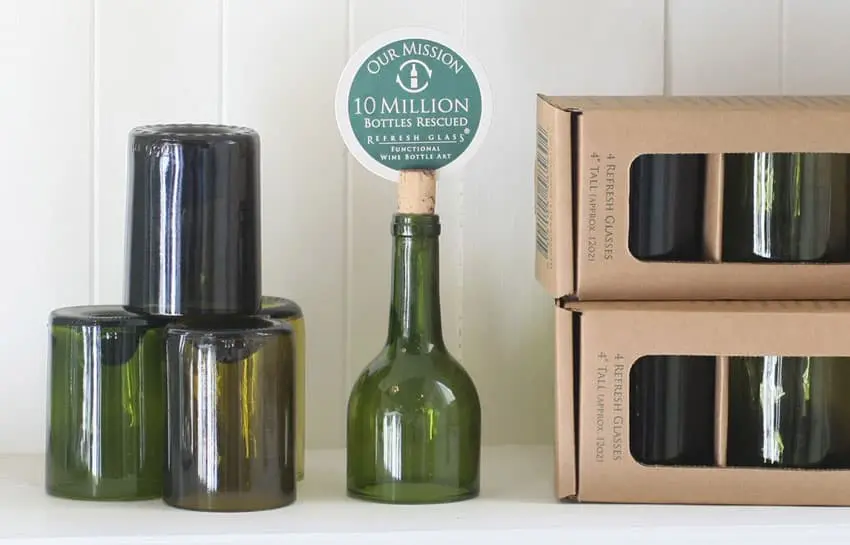
Listen to more episodes from the Built On Purpose podcast at yscouts.com/podcast.


